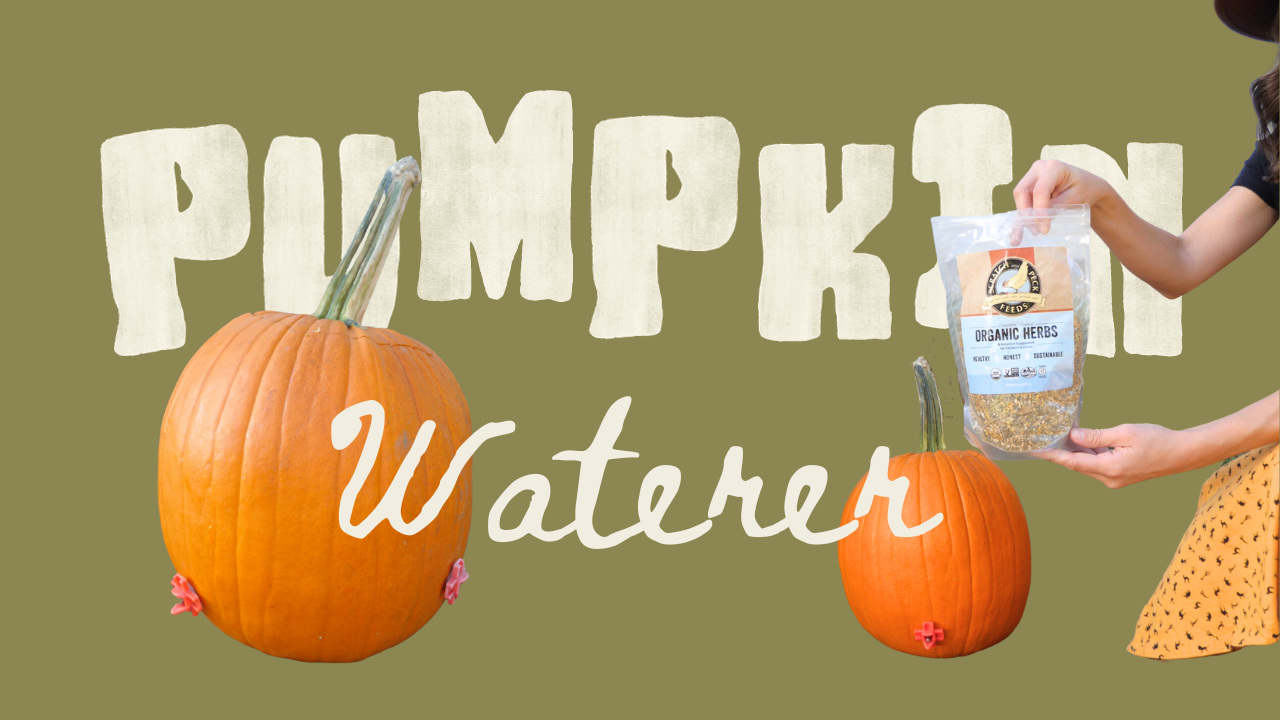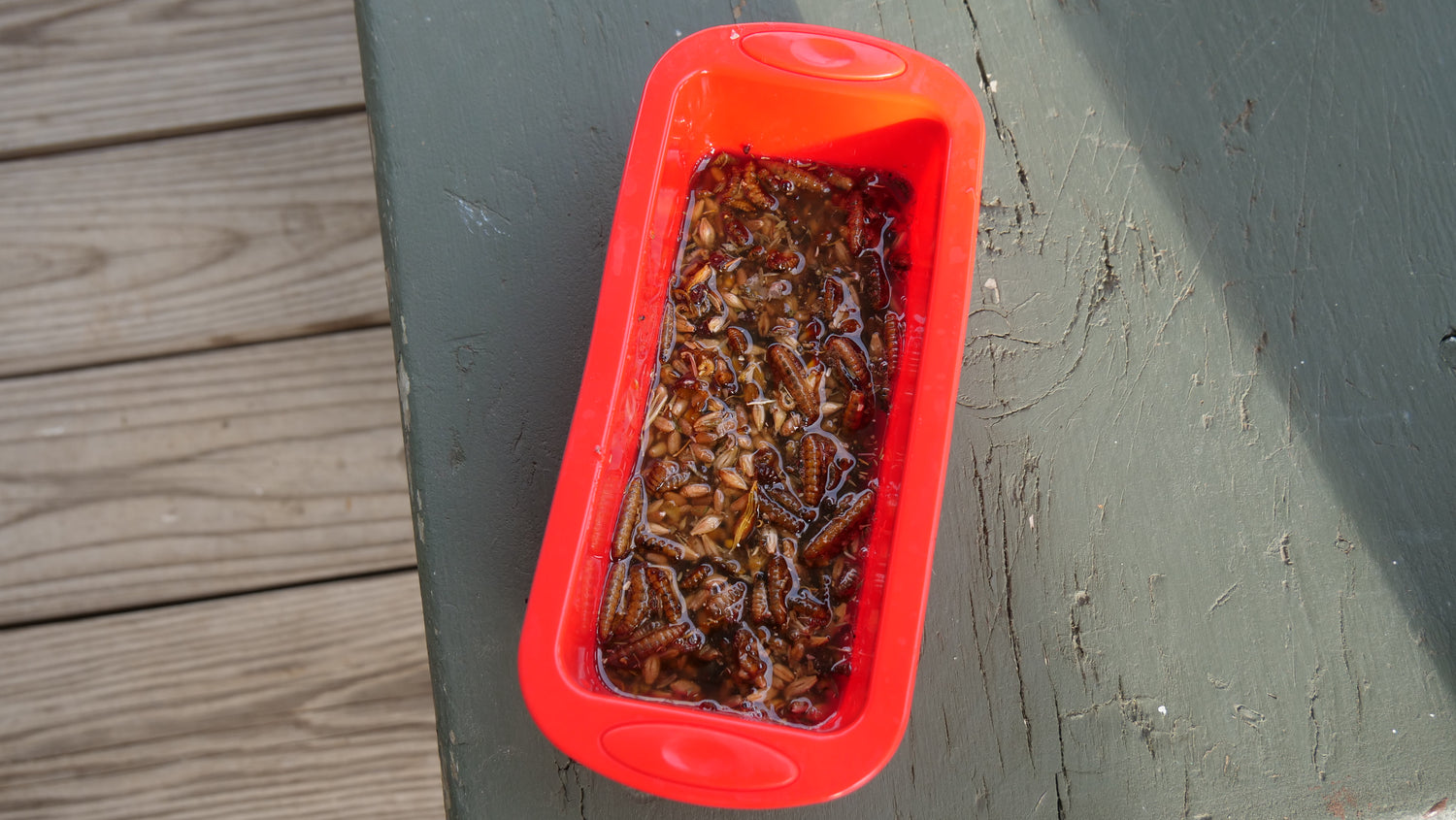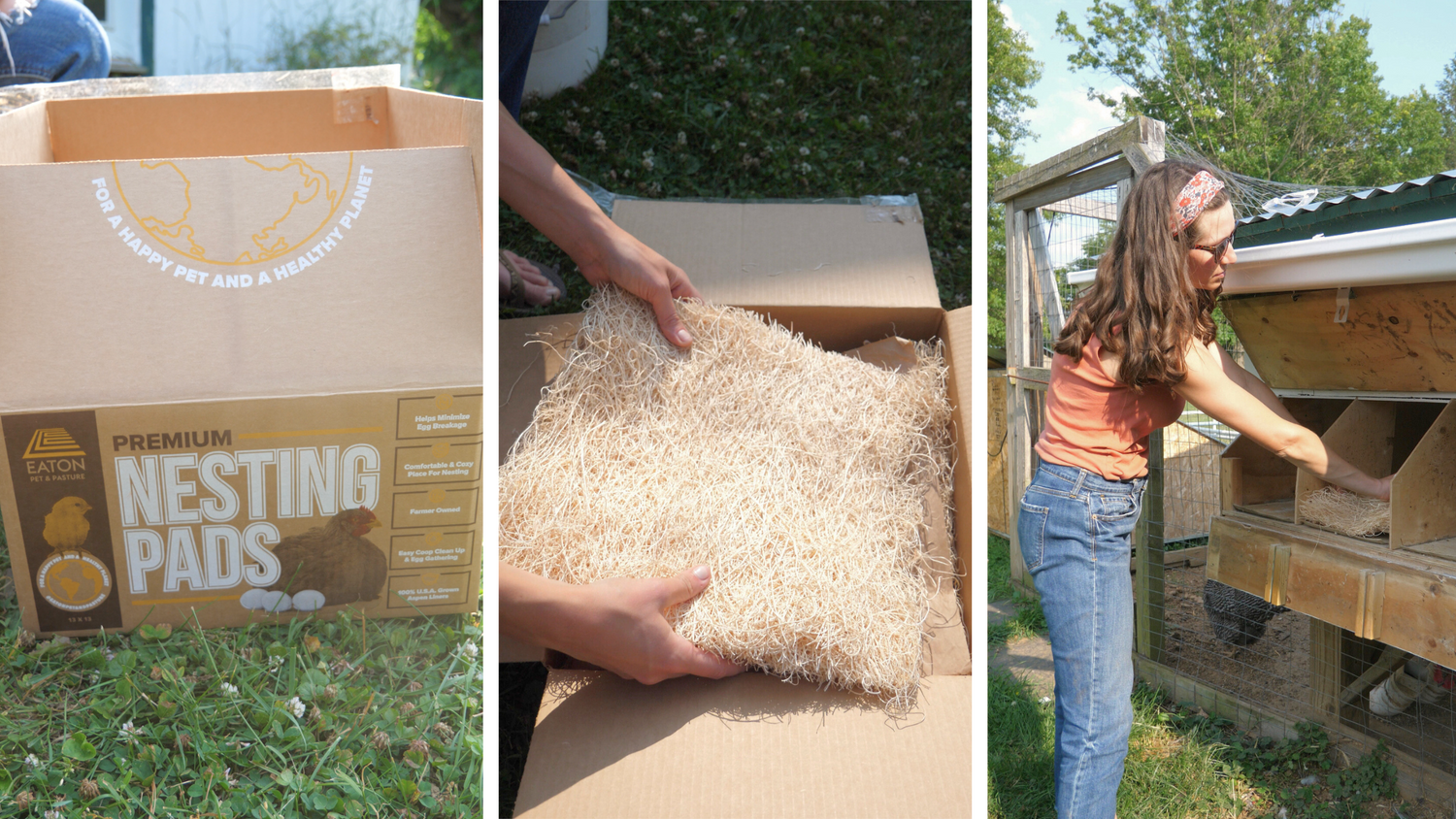This blog post contains affiliate links. If you purchase an item using our link, we may receive a small commission at no additional cost to you.
Raising chickens is rewarding and provides you with a sustainable source of fresh eggs and meat! That being said, keeping chickens comes with its fair share of expenses - particularly when it comes to their feed. Let’s explore some of the cost-saving methods to help you maximize your savings when feeding chickens.
1. Fermenting Chicken Feed:
Fermenting chicken feed is a simple and efficient method to enhance the nutritional value of the feed while reducing costs. The process involves soaking the feed in water, allowing it to undergo natural fermentation, and then feeding it to the chickens.
Key benefits of Fermenting Feed:
-
Increased Nutritional Value:
Fermentation breaks down complex carbohydrates and proteins into more easily digestible forms, making the nutrients more accessible. This enhances their overall health!
-
Cost-Effective:
The fermentation process increases the volume of feed, as the soaked grains expand, while reducing waste of the “fines” that you might normally see with a grain type feed. Chickens tend to eat less fermented feed due to its increased nutrient density, making it more economical.
-
Probiotic Boost:
Fermentation encourages the growth of beneficial bacteria, which act as natural probiotics for the chickens. These probiotics support a healthy digestive system, boosting their immunity and preventing sickness.
How to Ferment Chicken Feed:
-
Mix one part feed and 2 parts water in a food grade bucket or mason jar. Submerge the grains (such as corn, wheat, oats, or barley) in water for 24 to 48 hours, ensuring they are fully soaked.
-
Use non-chlorinated water
-
Place the lid loosely on the container
-
-
After 24 to 48 hours, the mixture will appear bubbly and have a yeasty smell. Strain off the excess water.
-
Feed the fermented mixture to your flock. Start with small batches to monitor their acceptance and adjust the fermentation time as needed.
2. Supplement with Kitchen Scraps:
One of the easiest ways to reduce feed costs is by supplementing your chickens' diet with kitchen scraps. Leftover vegetable and fruit scraps can be a valuable addition to their feed. Similar to cats and dogs, chickens can’t eat everything. Avoid feeding them toxic or harmful foods, such as avocados or onion. You can find a list of toxic foods online!
Our chickens particularly love kale, watermelon rinds, corn cobs, and the inside gooey part of squash!
3. Cultivate an Edible Garden:
Growing your own chicken feed can reduce costs and provide fresh, nutritious options for your flock. Consider cultivating a patch of nutritious plants like sunflowers, clover, alfalfa, or even a small vegetable garden. This allows you to supplement their diet with homegrown greens and veggies, reducing the amount of commercial feed required.
This method is definitely the most labor intensive but if you’re looking to fill in a garden spot with some flowers, sunflowers might be a great option!
4. Pasture and Free-Range Options:
We found that allowing your chickens to free-range is an extremely effective method for reducing feed costs. Access to pasture and free-ranging provides them with exercise and also is an opportunity to forage for insects, worms, and other natural protein sources. This helps diversify their diet, and reduces the amount of feed they will eat. Ensure you protect your flock from predators and provide a secure coop for nighttime protection.
Feeding chickens on a budget doesn't mean compromising on the quality of feed. By implementing cost-effective strategies such as fermenting feed, supplementing with kitchen scraps, growing your own greens, and free-ranging, you can provide a balanced and nutritious diet for your flock while reducing expenses.
Our favorite feed is Scratch and Peck Feeds. You can use our discount code “masondixon15” to get 15% off your order!





